Home>Renovation & DIY>Home Renovation Guides>How To Remove Bats From Gable Vent
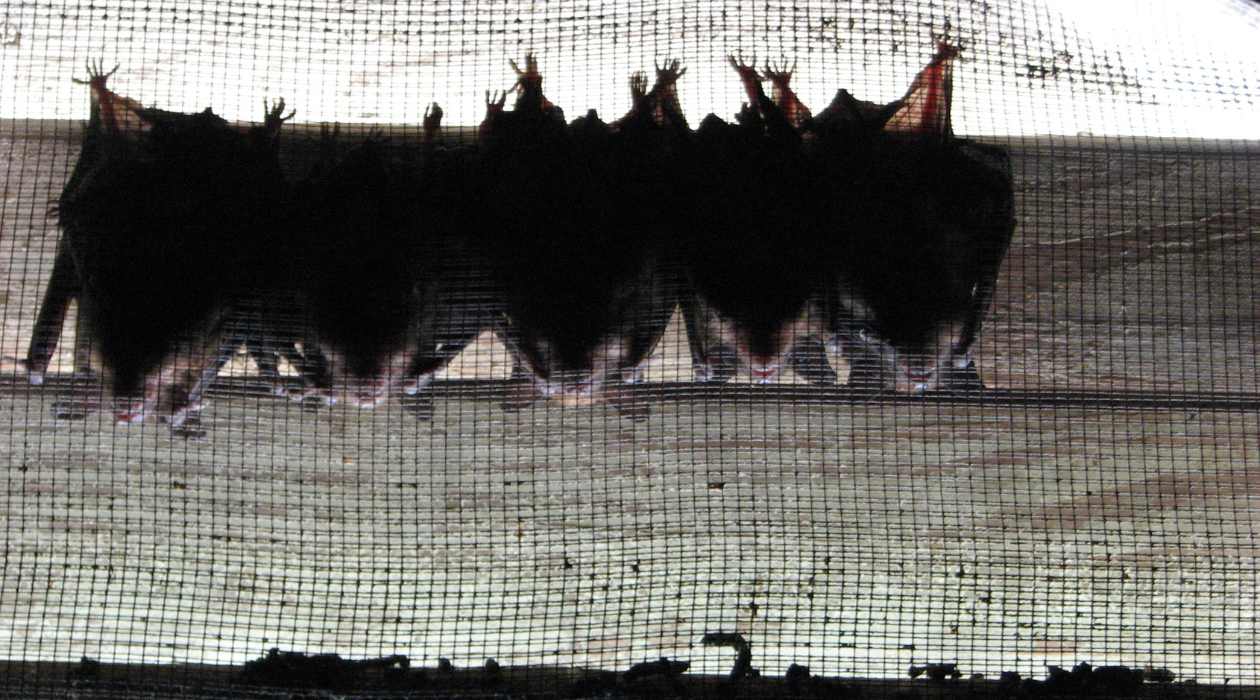

Home Renovation Guides
How To Remove Bats From Gable Vent
Modified: April 1, 2024
Learn effective methods for removing bats from gable vents in your home with our comprehensive home renovation guide. Safely and efficiently solve your bat infestation today!
(Many of the links in this article redirect to a specific reviewed product. Your purchase of these products through affiliate links helps to generate commission for Storables.com, at no extra cost. Learn more)
Introduction
Gable vents are essential components of a home's attic ventilation system, allowing air to circulate and maintain a comfortable indoor environment. However, these openings can also attract bats seeking shelter and warmth, posing potential challenges for homeowners. In this comprehensive guide, we will explore effective methods for removing bats from gable vents while ensuring their safety and well-being.
Bats play a crucial role in our ecosystem by consuming insects and pollinating plants, making their conservation a priority. However, when they take up residence in gable vents, their presence can lead to unpleasant odors, noise disturbances, and guano accumulation. Moreover, bat droppings can harbor harmful pathogens, posing health risks to humans and pets. Therefore, it is essential to address bat infestations promptly and responsibly.
By understanding the behavior of bats and identifying their presence in gable vents, homeowners can take proactive measures to address the issue effectively. Additionally, we will delve into the legal considerations associated with bat removal, ensuring compliance with wildlife protection laws. Furthermore, we will explore various methods for safely removing bats from gable vents and implementing preventive measures to deter their return.
This guide aims to empower homeowners with the knowledge and resources needed to address bat infestations in gable vents confidently. By following the recommended strategies, individuals can mitigate potential damage caused by bats while upholding ethical and humane practices. Let's embark on this insightful journey to safeguard our homes and coexist harmoniously with the fascinating creatures that are bats.
Key Takeaways:
- Protect bats while removing them from gable vents by using exclusion devices, sealing entry points, and seeking professional assistance. Remember, bats play a vital role in our ecosystem!
- After removing bats, prevent their return by sealing and repairing gable vents, using strategic lighting, deploying bat deterrents, and installing bat boxes. Coexist harmoniously with bats!
Read more: What Is Gable Vent?
Understanding the Behavior of Bats
Bats are remarkable creatures with unique behavioral patterns that distinguish them from other mammals. As nocturnal animals, they are primarily active during the night, utilizing echolocation to navigate and locate prey. Their exceptional echolocation abilities enable them to emit high-frequency sounds and interpret the returning echoes, facilitating precise flight and hunting in darkness.
In addition to their remarkable sensory capabilities, bats are social animals that often form colonies, roosting in communal spaces such as caves, trees, and, unfortunately, residential structures. Gable vents, with their sheltered and elevated positions, provide an appealing habitat for bats seeking refuge and warmth.
Understanding the roosting behavior of bats is crucial for effectively addressing infestations in gable vents. Bats exhibit strong homing instincts, returning to familiar roosting sites year after year. This behavior underscores the importance of implementing comprehensive removal and prevention strategies to deter their re-entry.
Moreover, it is essential to recognize that bats are protected species in many regions due to their ecological significance. As such, humane and ethical considerations must guide the process of removing bats from gable vents. By gaining insights into their behavior and ecological role, homeowners can approach bat infestations with empathy and a commitment to coexisting harmoniously with these valuable creatures.
By comprehensively understanding the behavior of bats, homeowners can appreciate the challenges associated with their presence in gable vents and make informed decisions regarding their removal and prevention. This knowledge forms the foundation for implementing effective and compassionate strategies to address bat infestations while respecting the ecological importance of these fascinating mammals.
Identifying the Presence of Bats in Gable Vents
The presence of bats in gable vents can manifest through various observable signs, enabling homeowners to identify potential infestations. One of the most evident indicators is the emergence of bats at dusk as they exit the gable vent openings in search of food. Observing their nocturnal flights can provide crucial insights into the scale of the infestation and the specific entry points being utilized.
Furthermore, visual cues such as guano accumulation in the vicinity of gable vents serve as compelling evidence of bat activity. Bat droppings, often resembling dark pellets, may accumulate on the ground below the vent openings, signaling the presence of a roosting colony within the attic space. Additionally, the accumulation of urine stains near the vent area can further corroborate the likelihood of a bat infestation.
Auditory signals also play a significant role in identifying bat presence in gable vents. Homeowners may detect faint squeaking or rustling sounds emanating from the vent openings, particularly during the evening when bats are most active. These subtle yet distinct noises can serve as auditory confirmation of bat roosting within the gable vents.
Moreover, visual inspections of the gable vent openings during daylight hours may reveal telltale signs such as rub marks or stains caused by the bats' entry and exit activities. These markings, often left by the oils on the bats' fur, can provide valuable clues regarding the frequency and locations of their movements in and out of the gable vents.
In some cases, homeowners may directly encounter bats within the living spaces of their homes, especially if the bats have found access points from the attic into the interior. Such encounters underscore the urgency of addressing the infestation and fortifying the gable vents to prevent further intrusions.
By attentively observing these indicators, homeowners can effectively identify the presence of bats in gable vents, enabling them to take proactive measures to address the infestation promptly and responsibly. This heightened awareness empowers individuals to seek appropriate assistance for the safe and ethical removal of bats from their gable vents, fostering a harmonious coexistence with these remarkable creatures.
Seal off the gable vent with a wire mesh or hardware cloth to prevent bats from re-entering. Wait until nightfall when the bats have left to install the barrier.
Legal Considerations for Removing Bats
When addressing bat infestations in gable vents, it is imperative for homeowners to be cognizant of the legal considerations associated with the removal of bats. Bats are protected species in many regions due to their ecological significance and the vital role they play in maintaining the balance of local ecosystems. As such, their removal must adhere to specific regulations and ethical guidelines to ensure the preservation of these valuable creatures.
In numerous jurisdictions, laws and regulations safeguard bats and their habitats, prohibiting the harming, killing, or disturbing of bats without proper authorization. These legal protections are in place to conserve bat populations and maintain biodiversity, recognizing the ecological benefits that bats confer through insect control and pollination.
Before initiating any bat removal efforts from gable vents, homeowners should research and familiarize themselves with the wildlife protection laws applicable to their region. Consulting local wildlife authorities or conservation agencies can provide valuable insights into the legal framework governing bat removal and the requisite permits or permissions necessary for undertaking such activities.
In some cases, homeowners may be required to obtain permits or seek professional assistance from licensed wildlife rehabilitators or pest control experts with expertise in humane bat exclusion methods. These professionals possess the knowledge and experience to ensure that bat removal complies with legal requirements while prioritizing the safety and well-being of the bats.
Furthermore, ethical considerations should underpin the approach to bat removal, emphasizing the use of non-lethal exclusion methods that facilitate the bats' safe departure from gable vents without causing harm. Implementing exclusion measures during specific times of the year, such as the non-maternity season, is crucial to prevent the separation of flightless young bats from their mothers, thereby upholding ethical standards in bat removal practices.
By adhering to legal and ethical guidelines, homeowners can navigate the process of removing bats from gable vents responsibly and lawfully. This conscientious approach not only ensures compliance with wildlife protection laws but also fosters a harmonious coexistence with bats, promoting their conservation and the preservation of ecological balance within our communities.
Methods for Removing Bats from Gable Vents
When addressing bat infestations in gable vents, it is essential to employ effective and humane methods for their safe removal. The following strategies are recommended for mitigating bat presence in gable vents while prioritizing the well-being of these valuable creatures:
-
Exclusion Devices: Utilizing exclusion devices, such as one-way valves or netting, can facilitate the safe departure of bats from gable vents while preventing their re-entry. These devices allow bats to exit the vent but restrict their ability to return, effectively encouraging them to seek alternative roosting sites.
-
Sealing Entry Points: Thoroughly inspecting the gable vent area and sealing any potential entry points can prevent bats from accessing the vent openings. By addressing gaps, cracks, and openings in the vicinity, homeowners can fortify the gable vents and discourage bat re-entry, thereby promoting a long-term solution to the infestation.
-
Installation of Bat Houses: Erecting bat houses in close proximity to the gable vents provides alternative roosting options for bats, encouraging them to relocate to more suitable habitats. Bat houses offer a welcoming environment for bats while diverting them from occupying gable vents, contributing to the conservation of bat populations and the maintenance of ecological balance.
-
Professional Assistance: Seeking the expertise of wildlife rehabilitators or pest control professionals specializing in bat exclusion can ensure the safe and ethical removal of bats from gable vents. These professionals possess the knowledge and experience to implement exclusion methods in compliance with legal regulations, prioritizing the well-being of bats throughout the removal process.
-
Timing Considerations: Timing the implementation of exclusion measures is crucial to minimize potential impacts on bat populations. Conducting removal efforts during the non-maternity season, when bats are less likely to have dependent young, prevents the separation of flightless offspring from their mothers, aligning with ethical standards in bat removal practices.
By employing these methods, homeowners can effectively address bat infestations in gable vents while upholding ethical and humane practices. These strategies not only mitigate the immediate presence of bats but also contribute to the conservation of bat populations and the preservation of their ecological contributions within our communities.
Read more: How To Install Gable Vent
Preventing Bats from Returning to Gable Vents
Preventing the recurrence of bat infestations in gable vents is paramount to maintaining a harmonious living environment while safeguarding the well-being of both homeowners and bats. After successfully removing bats from gable vents, implementing preventive measures is essential to deter their return and promote long-term coexistence. The following proactive strategies can effectively prevent bats from reoccupying gable vents:
-
Sealing and Repair: Thoroughly inspecting the gable vent area and addressing any structural vulnerabilities is crucial in preventing bat re-entry. Sealing gaps, cracks, and openings around the gable vents with durable materials such as hardware cloth or exclusion netting can effectively fortify the vent openings, rendering them inaccessible to bats. Additionally, conducting routine maintenance to repair any damages or wear to the gable vent structure enhances its resilience against potential bat intrusion.
-
Strategic Lighting: Installing strategic lighting near gable vents can serve as a deterrent to bats, as they are generally averse to well-lit areas. Motion-activated lights or strategically positioned outdoor lighting can discourage bats from approaching the gable vents, reducing the likelihood of reinfestation. However, it is important to ensure that the lighting does not unduly disrupt other wildlife or cause unnecessary environmental impact.
-
Utilizing Bat Deterrents: Deploying non-invasive bat deterrents, such as ultrasonic devices or reflective materials, near gable vents can dissuade bats from roosting in the vicinity. Ultrasonic emitters emit high-frequency sound waves that are disruptive to bats, encouraging them to seek alternative roosting sites. Similarly, reflective materials, such as Mylar strips or reflective tape, can create visual disturbances that deter bats from approaching the gable vents.
-
Installation of Bat Boxes: Erecting bat boxes in the vicinity of the gable vents provides bats with alternative roosting options, steering them away from reoccupying the vents. Bat boxes offer a welcoming and suitable habitat for bats, promoting their conservation while mitigating the likelihood of them returning to the gable vents. Proper placement and maintenance of bat boxes can significantly contribute to the long-term prevention of bat infestations in gable vents.
By implementing these preventive measures, homeowners can effectively deter bats from returning to gable vents, fostering a sustainable and mutually beneficial coexistence. These proactive strategies not only mitigate the risk of bat reinfestation but also contribute to the conservation of bat populations and the preservation of ecological balance within residential environments.
Frequently Asked Questions about How To Remove Bats From Gable Vent
Was this page helpful?
At Storables.com, we guarantee accurate and reliable information. Our content, validated by Expert Board Contributors, is crafted following stringent Editorial Policies. We're committed to providing you with well-researched, expert-backed insights for all your informational needs.
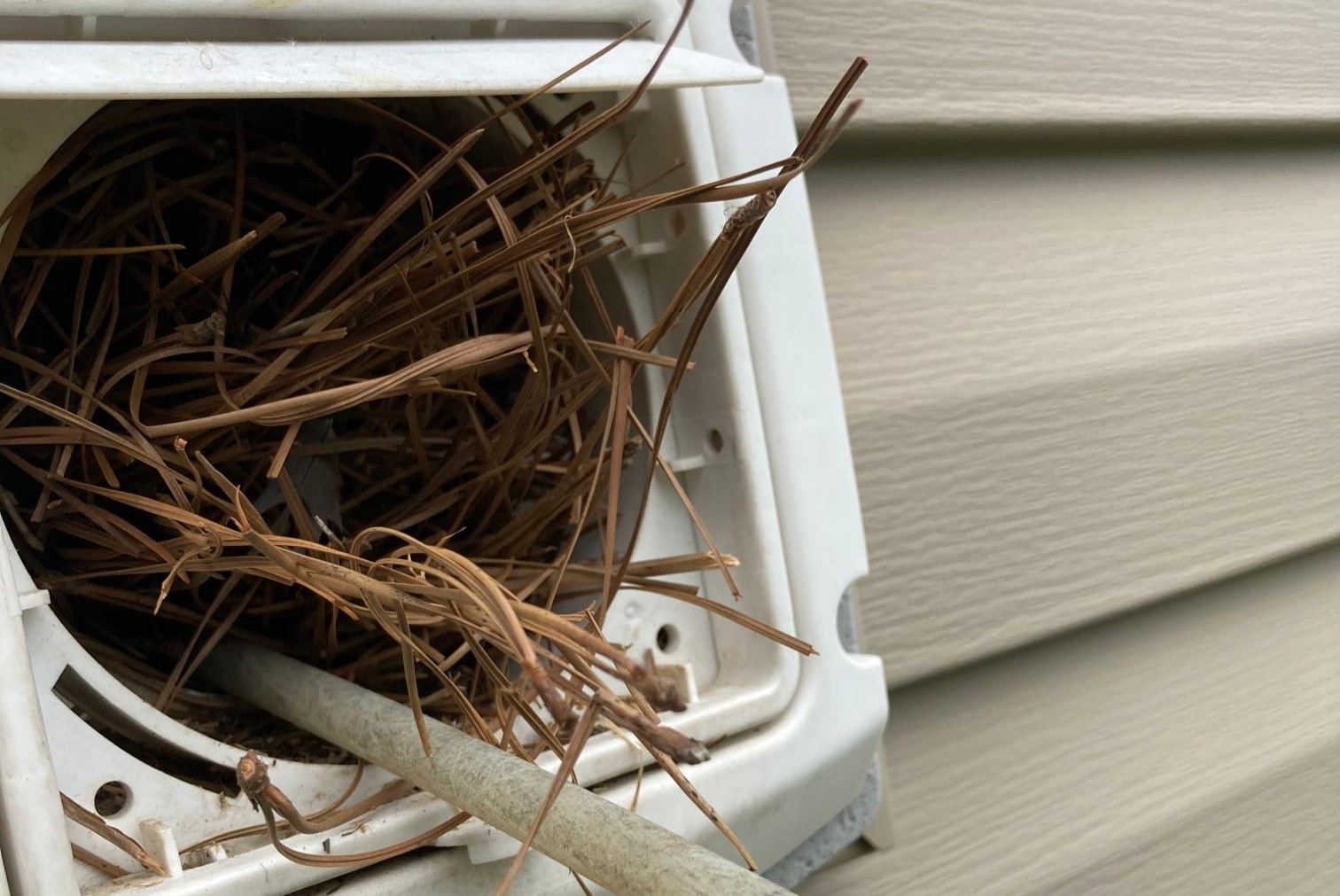
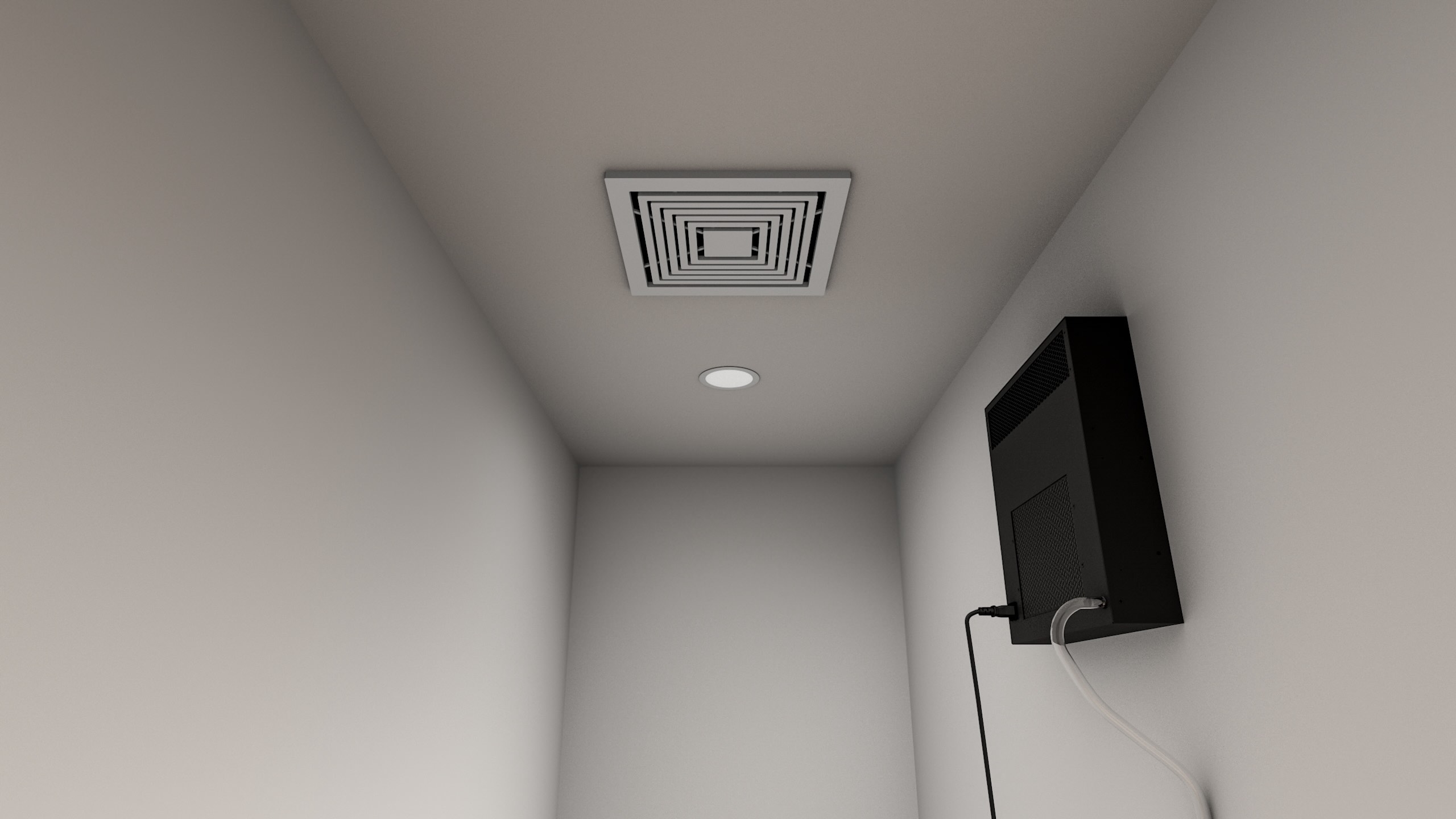
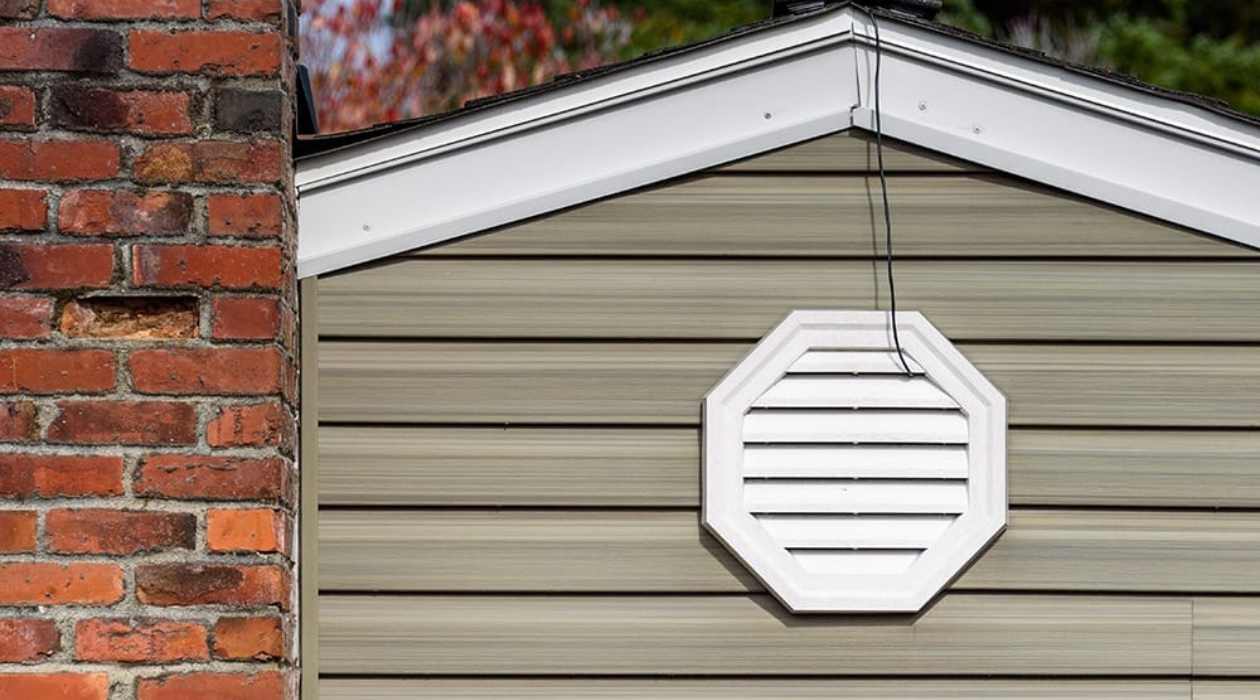
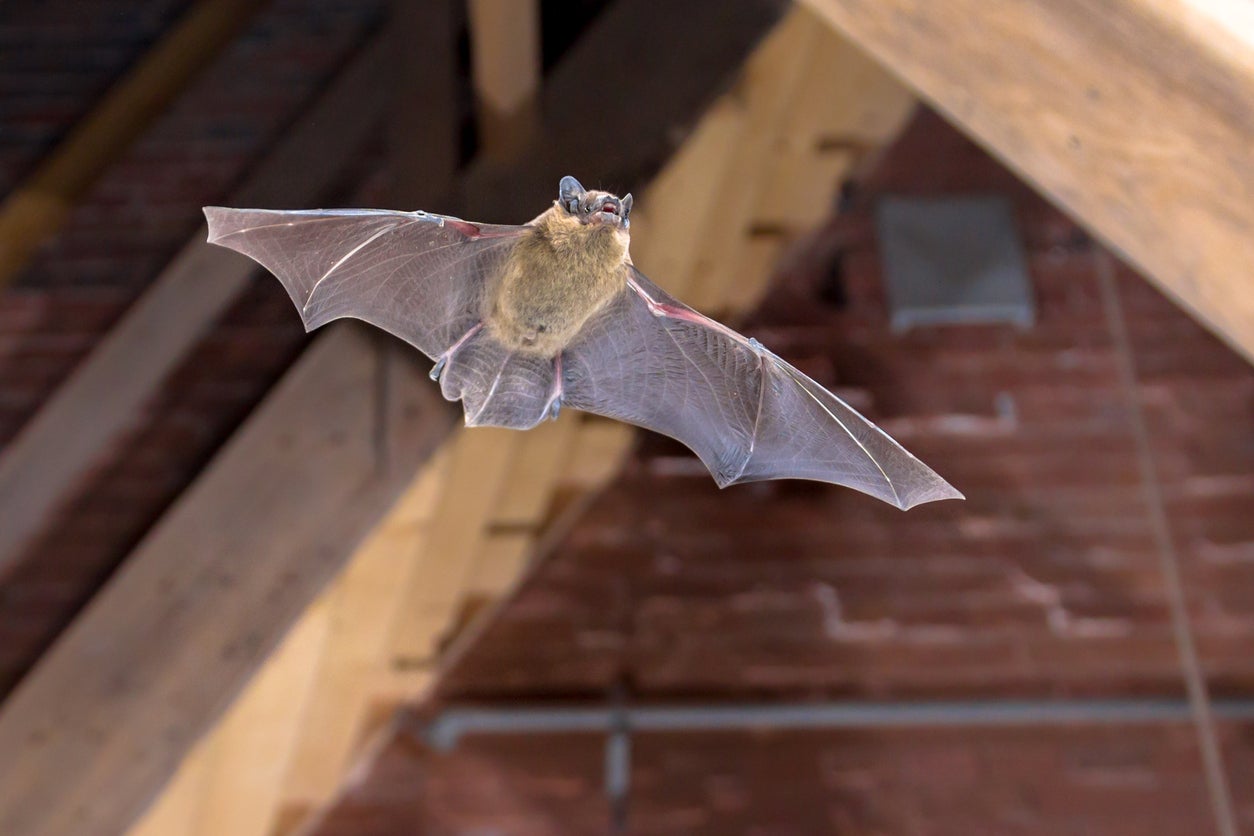
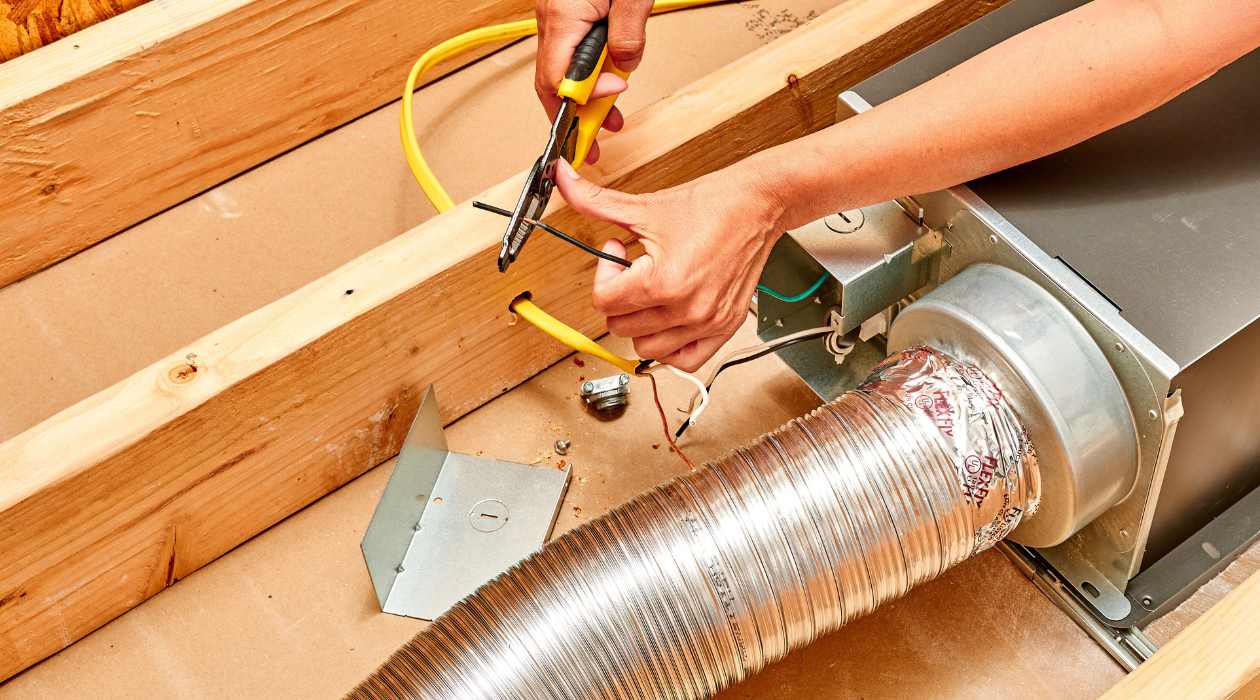
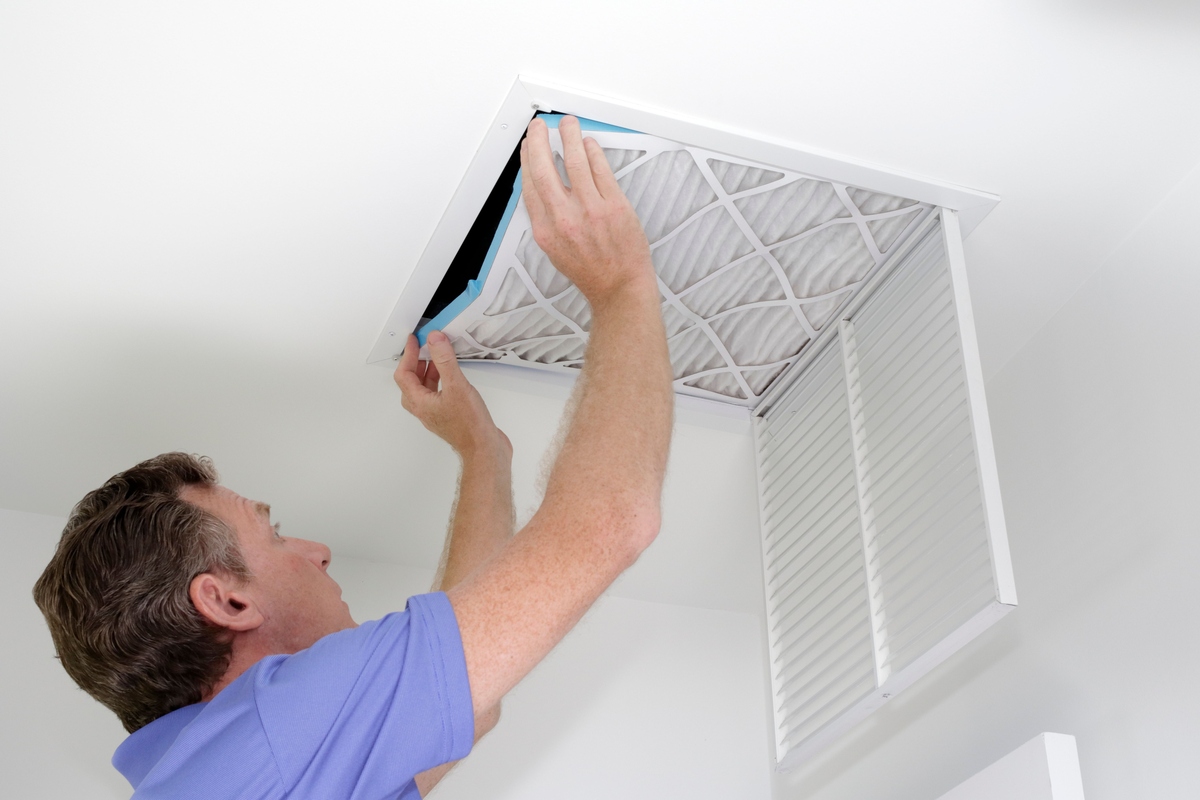
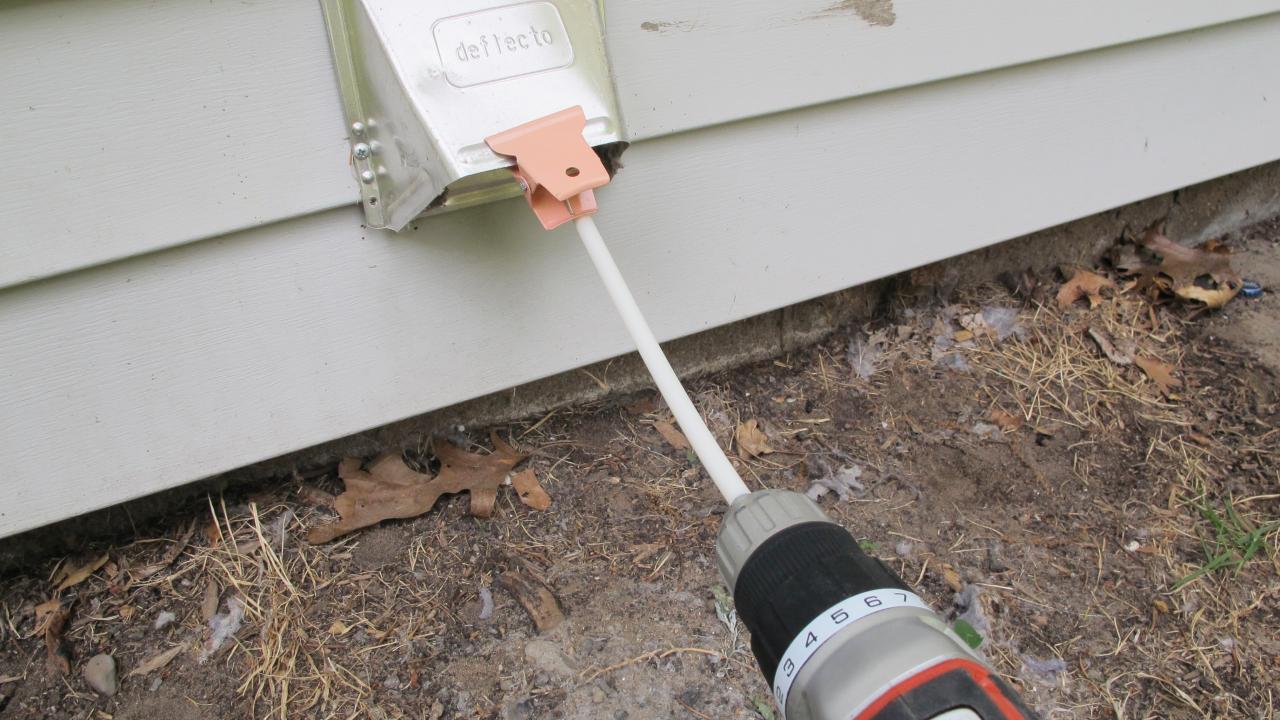
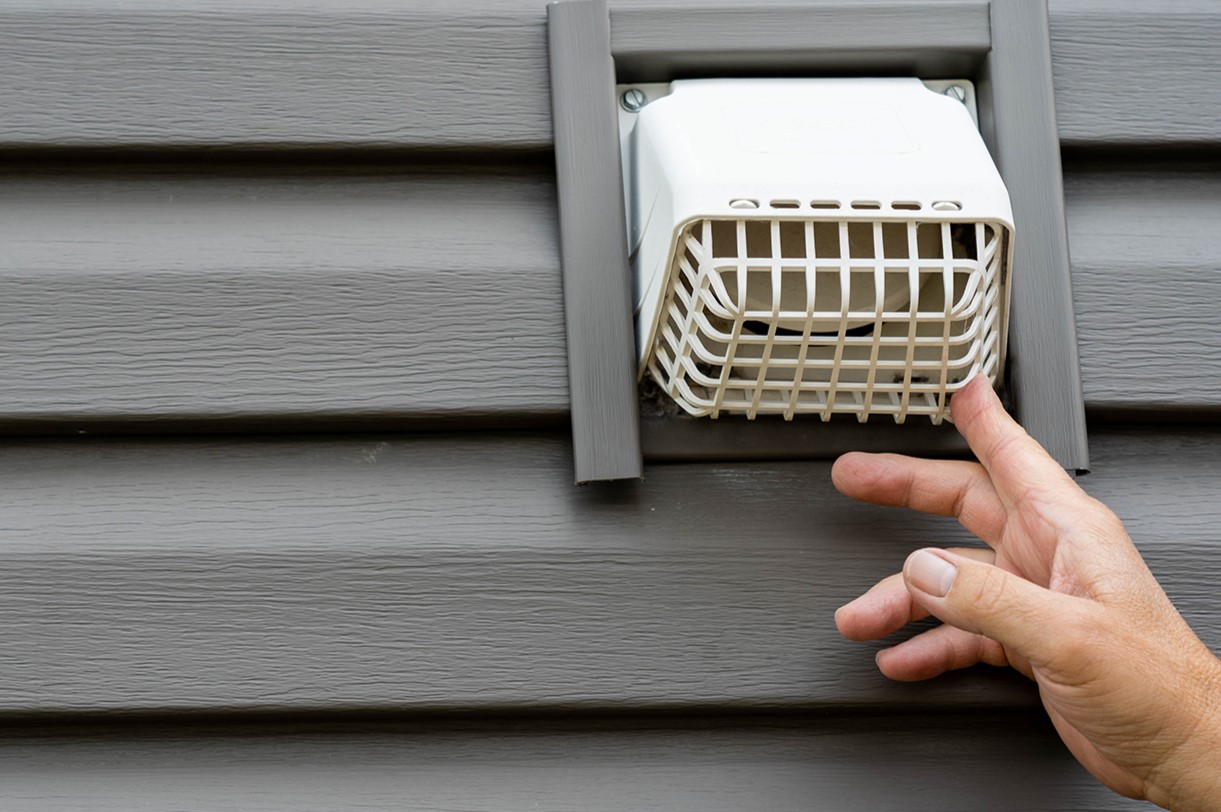


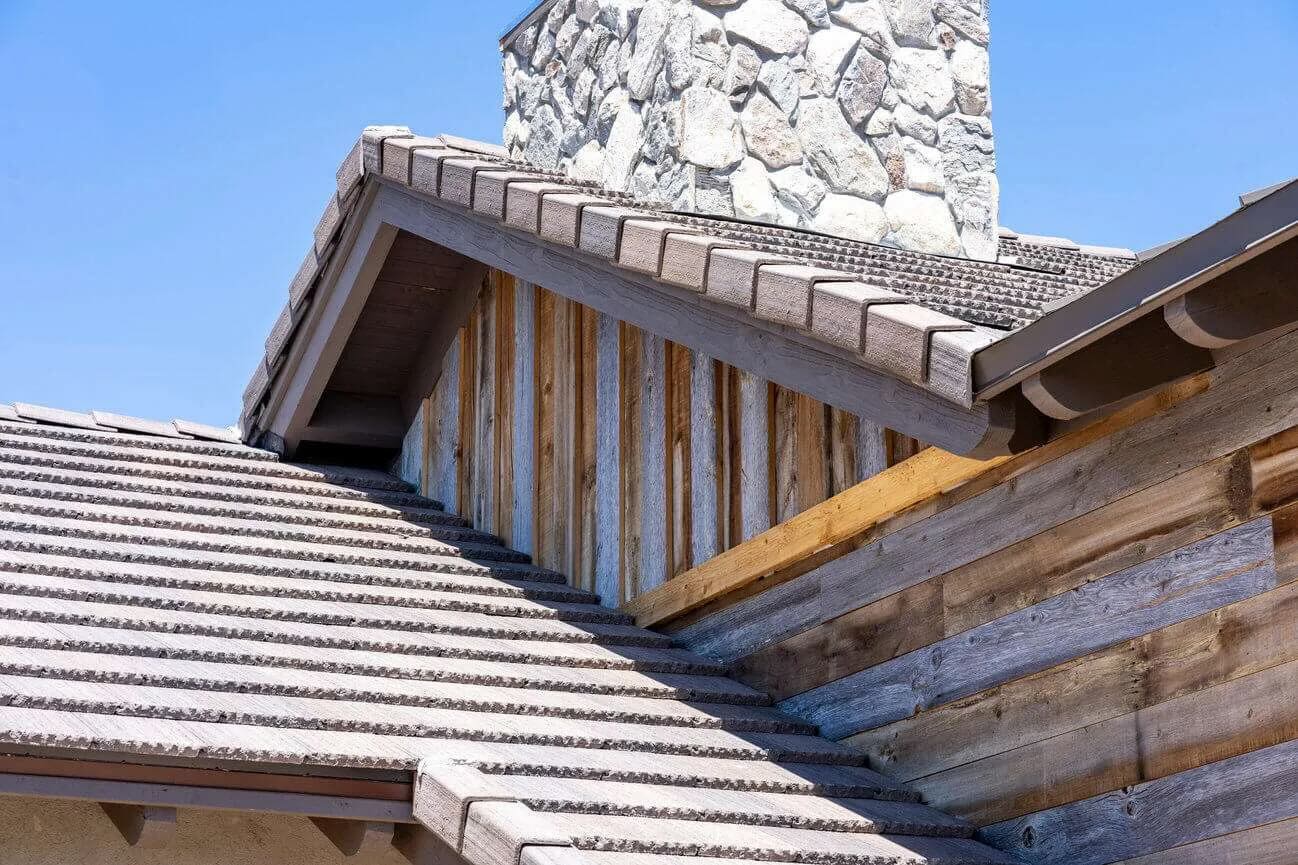

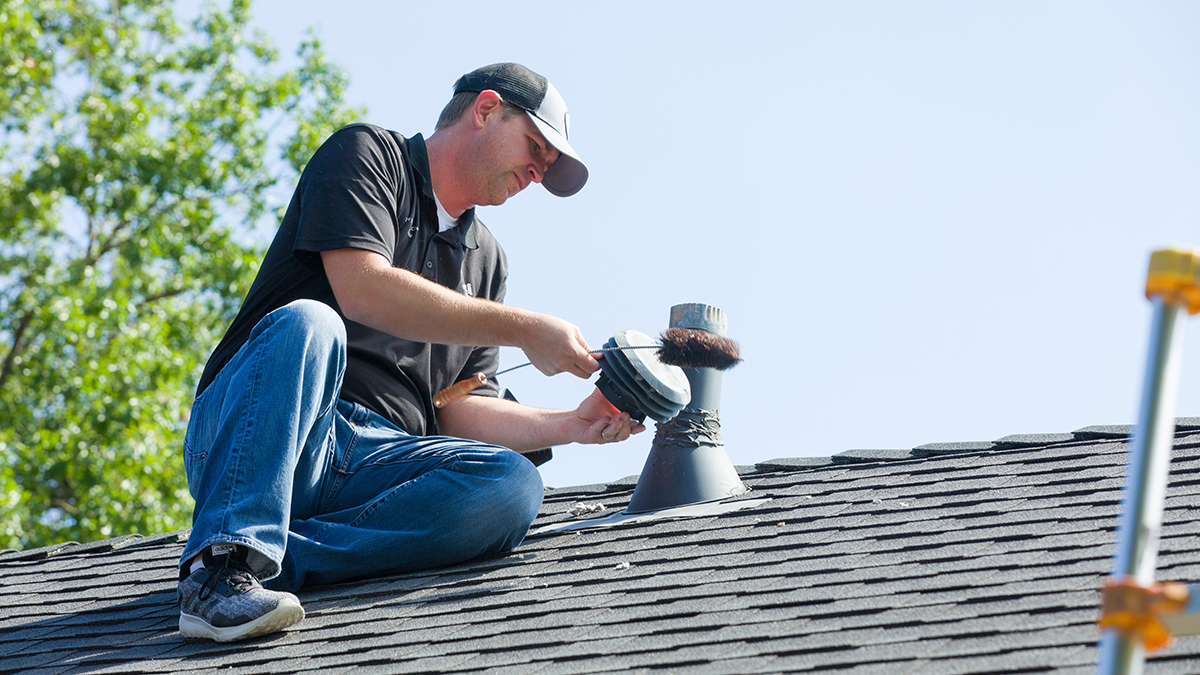
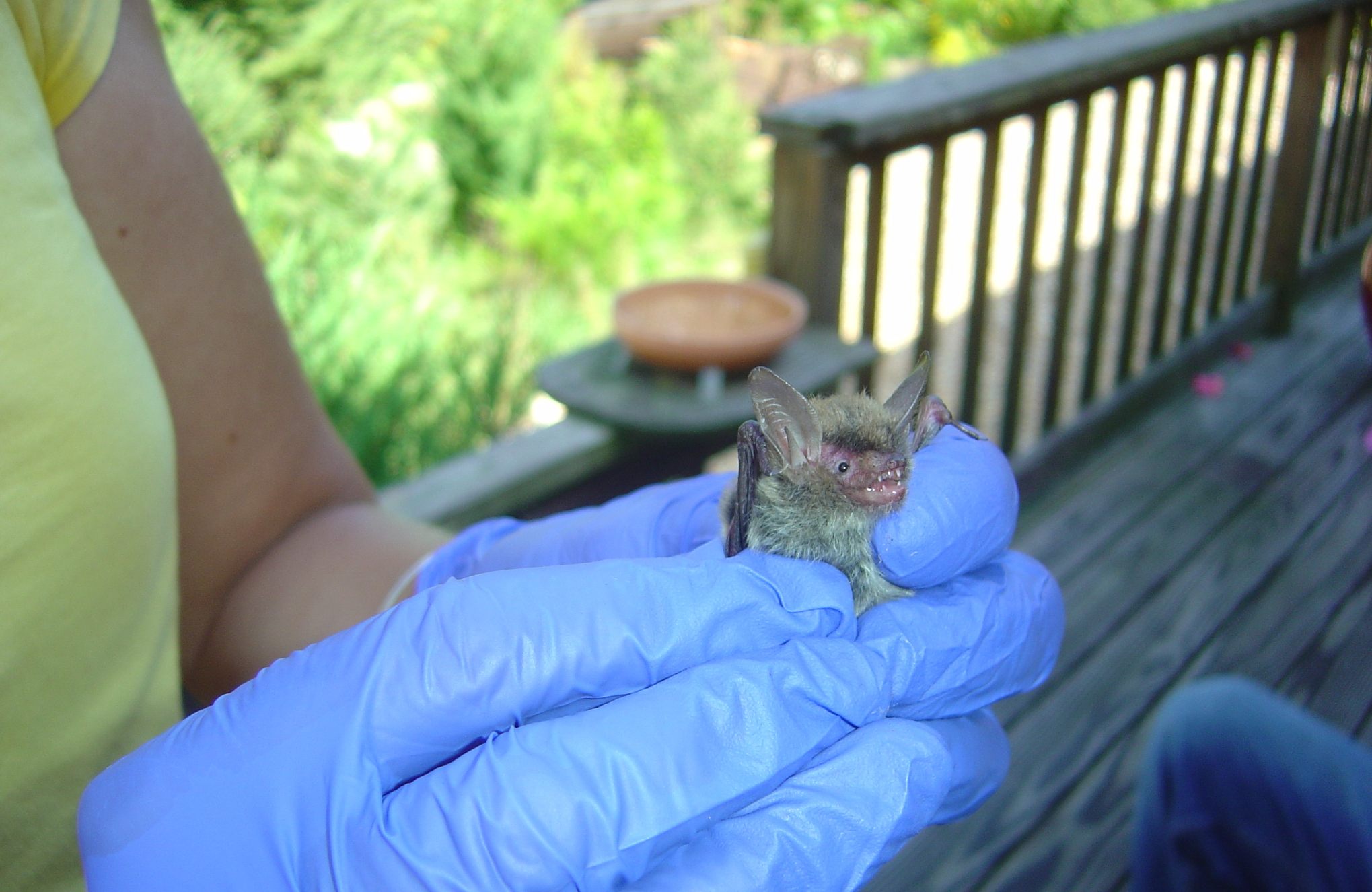

0 thoughts on “How To Remove Bats From Gable Vent”